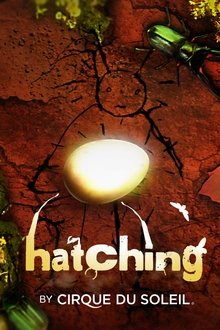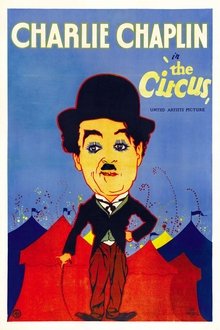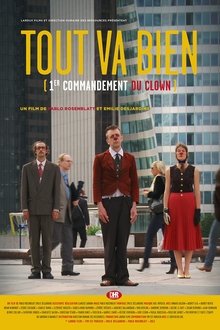"Who is Weary Willie?" explores the life of the once-famous circus character Weary Willie and his story tied to controversy and confusion over identity between his creator, Emmett Kelly Sr., and his son, Emmett Kelly Jr.
Related Movies

Chuy, The Wolf Man (2015)
Jesus 'Chuy' Aceves and a dozen living members of his extended family suffer from the very rare condition of congenital hypertrichosis, meaning they were born with excessive hair on their faces and bodies. Due to their appearance, they suffer from discrimination in all areas of their lives: the children are made fun of at school and abandoned by their 'non-hairy' parents, and the adults cannot find work unless they choose to exhibit themselves as freaks in circuses. This moving and visually arresting documentary is a portrait of Chuy and his family members. It examines their day-to-day lives and their struggle to find love, acceptance and employment.
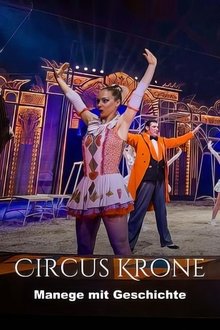
Circus Krone - Manege mit Geschichte (2023)
It is considered the largest traveling circus in Europe and is one of the oldest in Germany: Circus Krone celebrated its 100th anniversary a few years ago. However, the history of the family business actually began back in 1870 - when the founding couple toured the fairgrounds. The small animal show became a dazzling entertainment giant.
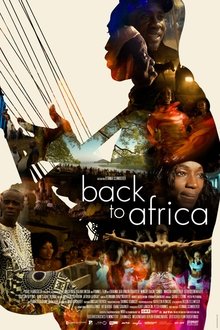
Back To Africa (2008)
An Austrian director followed five successful African music and dance artists with his camera and followed their lives for a year. The artists, from villages in Ghana, Gambia and Congo, were the subjects of Africa! Africa! touring across Europe, but they have unbreakable roots to their homeland and their families. Schmiderer lovingly portrays his heroes, who tell their stories about themselves, their art and what it means to them to be African with captivating honesty. The interviews are interwoven with dance scenes and colourful vignettes set to authentic music.
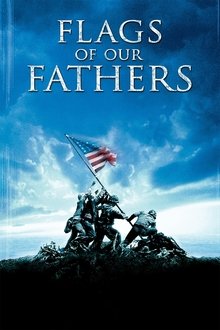
Flags of Our Fathers (2006)
There were five Marines and one Navy Corpsman photographed raising the U.S. flag on Mt. Suribachi by Joe Rosenthal on February 23, 1945. This is the story of three of the six surviving servicemen - John 'Doc' Bradley, Pvt. Rene Gagnon and Pvt. Ira Hayes - who fought in the battle to take Iwo Jima from the Japanese.

Secret Agent Dingledorf and His Trusty Dog Splat (2021)
Overcoming bullies and his own loser mentality, 10-year-old Bernie Dingledorf must destroy Dr. Chuckles’s diabolical Laugh Generator before it sends the world into uncontrollable fits of laughter.
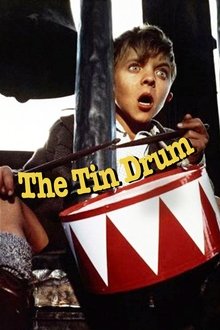
The Tin Drum (1979)
In 1924, Oskar Matzerath is born in the Free City of Danzig. At age three, he falls down a flight of stairs and stops growing. In 1939, World War II breaks out.

Letters from Iwo Jima (2006)
The story of the battle of Iwo Jima between the United States and Imperial Japan during World War II, as told from the perspective of the Japanese who fought it.
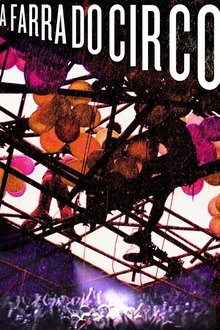
A Farra do Circo (2013)
This documentary highlights the evolution of Brazil's Circo Voador venue from homespun artists' performance space to national cultural institution.

Sands of Iwo Jima (1950)
Haunted by personal demons, Marine Sgt. John Stryker is hated and feared by his men, who see him as a cold-hearted sadist. But when their boots hit the beaches, they begin to understand the reason for Stryker's rigid form of discipline.
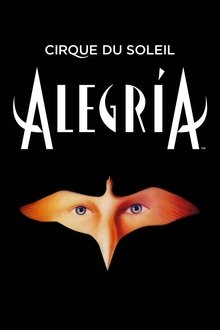
Cirque du Soleil: Alegria (2001)
Alegría is a mood, a state of mind. The themes of the show, whose name means "jubilation" in Spanish, are many. Power and the handing down of power over time, the evolution from ancient monarchies to modern democracies, old age, youth - it is against this backdrop that the characters of Alegría play out their lives. Kings' fools, minstrels, beggars, old aristocrats and children make up its universe, along with the clowns, who alone are able to resist the passing of time and the social transformations that accompany it.
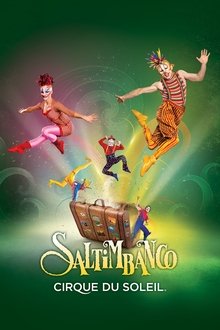
Cirque du Soleil: Saltimbanco (1997)
From the Italian 'saltare in banco' – which literally means 'to jump on a bench' – Saltimbanco explores the urban experience in all its myriad forms. Between whirlwind and lull, prowess and poetry, it takes spectators on an allegorical and acrobatic journey into the heart and soul of the modern city.
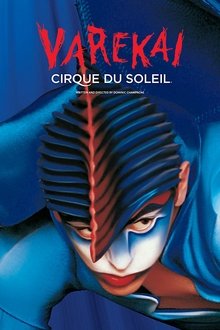
Cirque du Soleil: Varekai (2003)
Icarus is the main character of Varekai, who falls to the ground, breaking his legs as he does. He is suddenly in a strange, new world full of creatures he has never seen before. Parachuted into the shadows of a magical forest, a kaleidoscopic world populated by fantastical creatures, this young man sets off on an adventure both absurd and extraordinary.
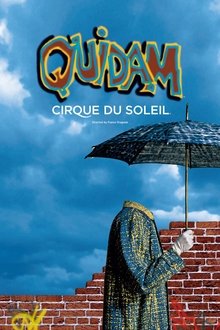
Cirque du Soleil: Quidam (1999)
A young girl has already seen everything there is to see and her world has lost all meaning. Her anger shatters her world and she finds herself in the universe of QUIDAM, where she is joined by a playful companion, as well as another mysterious character who attempts to seduce her with the marvelous, the unsettling and the terrifying.
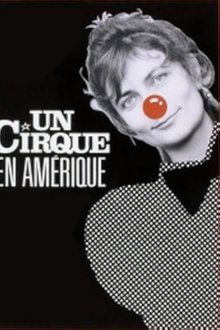
The Cirque: An American Odyssey (1989)
In 1988, the Cirque du Soleil toured the United States and set up its big top in New York City - a grand three-ring circus in itself! - garnering rave reviews. Behind the scenes, artists working in the fledgling Quebec circus talk about what it means to them to be a part of this success, and also the price they pay for sharing the American Dream.
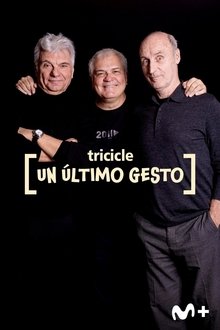
Tricicle: un último gesto (2022)
Presenter and comedian Andreu Buenafuente interviews Joan Gràcia, Paco Mir and Carles Sans moments after the conclusion of their last performance at the Liceu Theater in Barcelona, the culmination of their forty-three-year career on stages all over the world as Tricicle, a brilliant, ineffable, unforgettable, irreplaceable comedy trio.

Mister Biscuit (1999)
Noel Mason's vaudevillian skills are appreciated by his younger audience, but he is not making enough money at the children's shows to pay his costs, his old car does not go very well, and he is dyslexic and unable to understand the contracts employers give him. The situation starts to look more hopeful when Noel answers a newspaper advertisement to join an entertainment agency.
